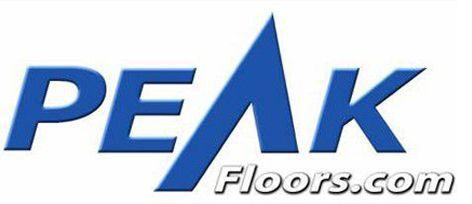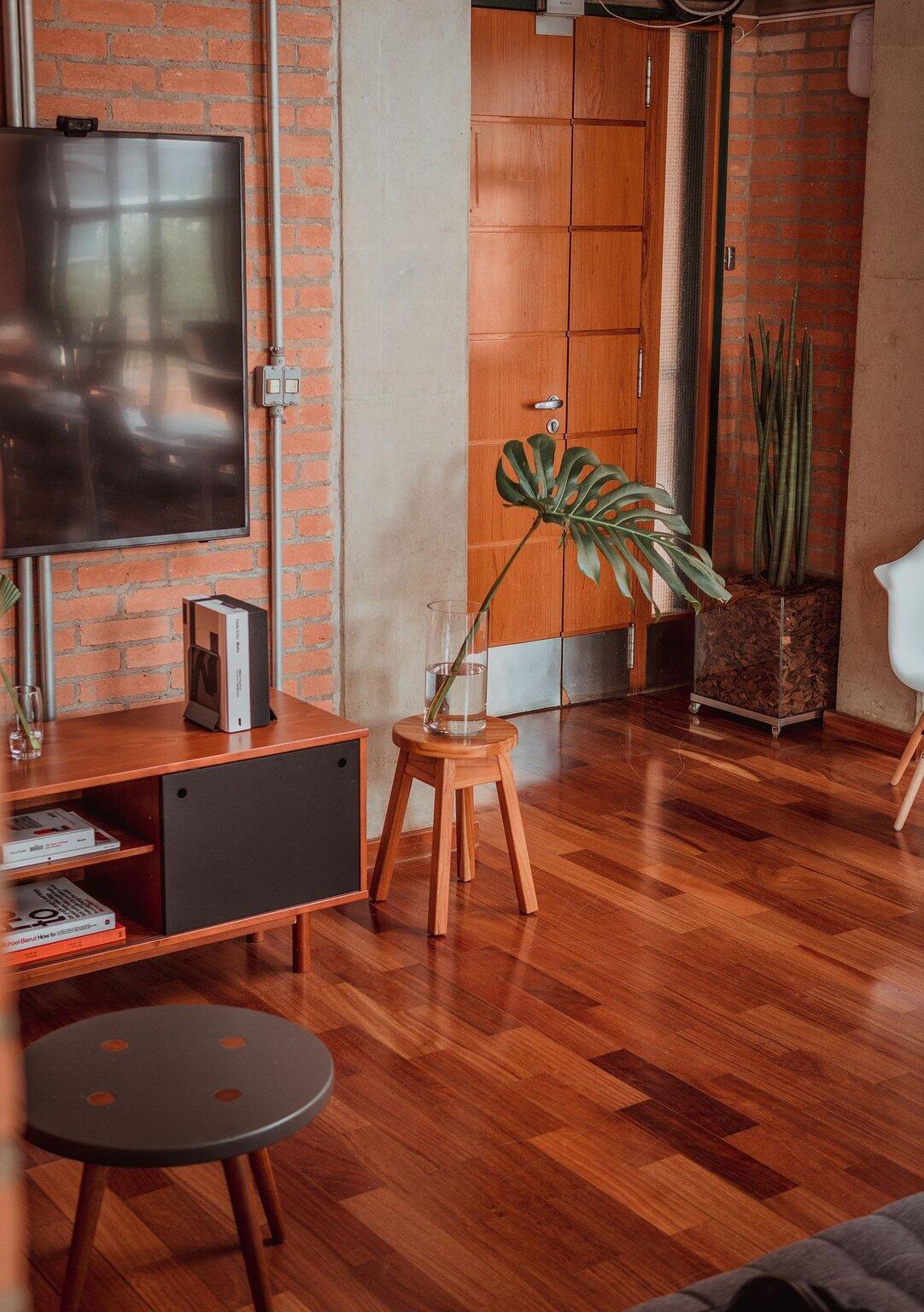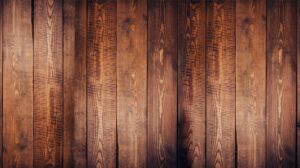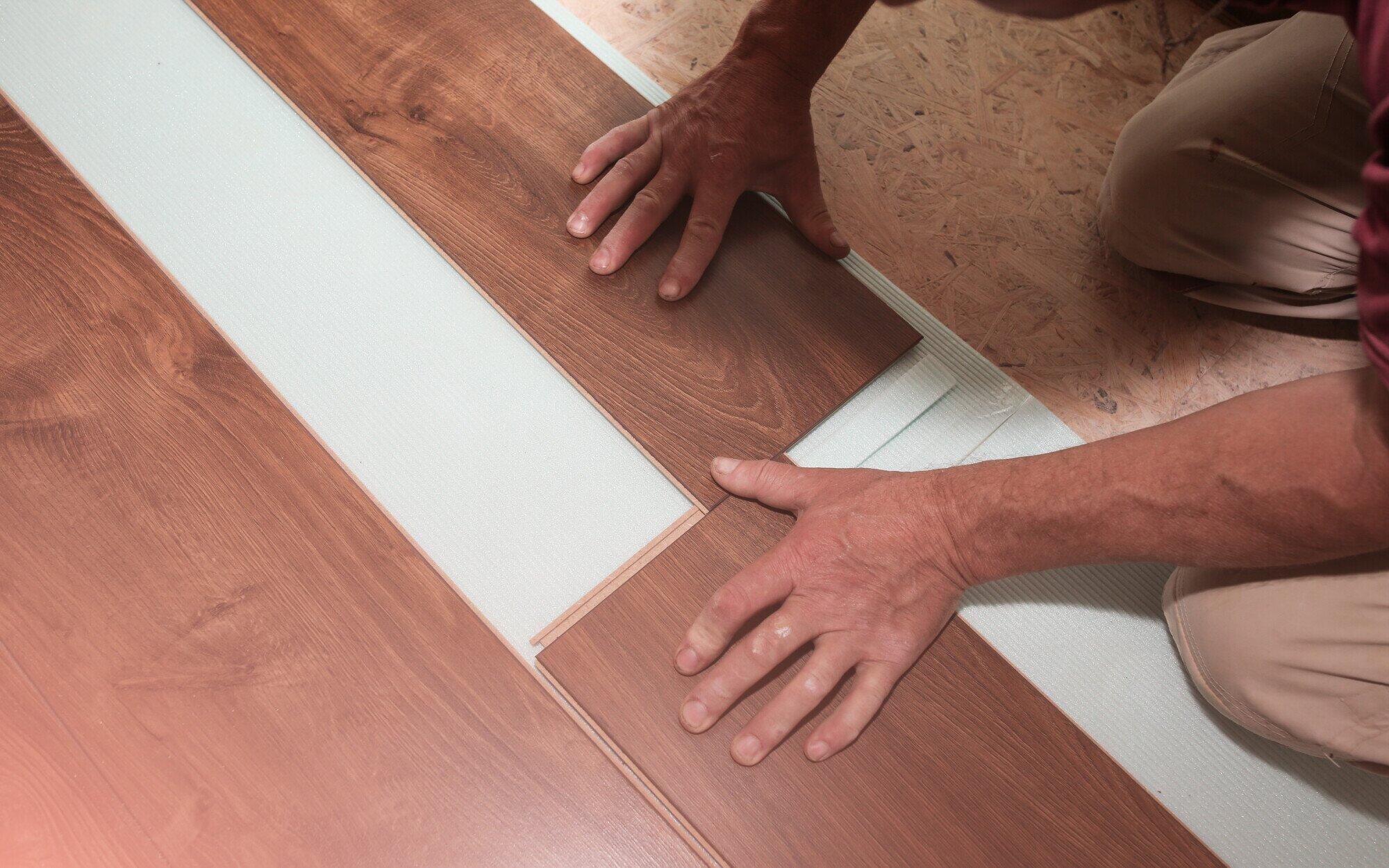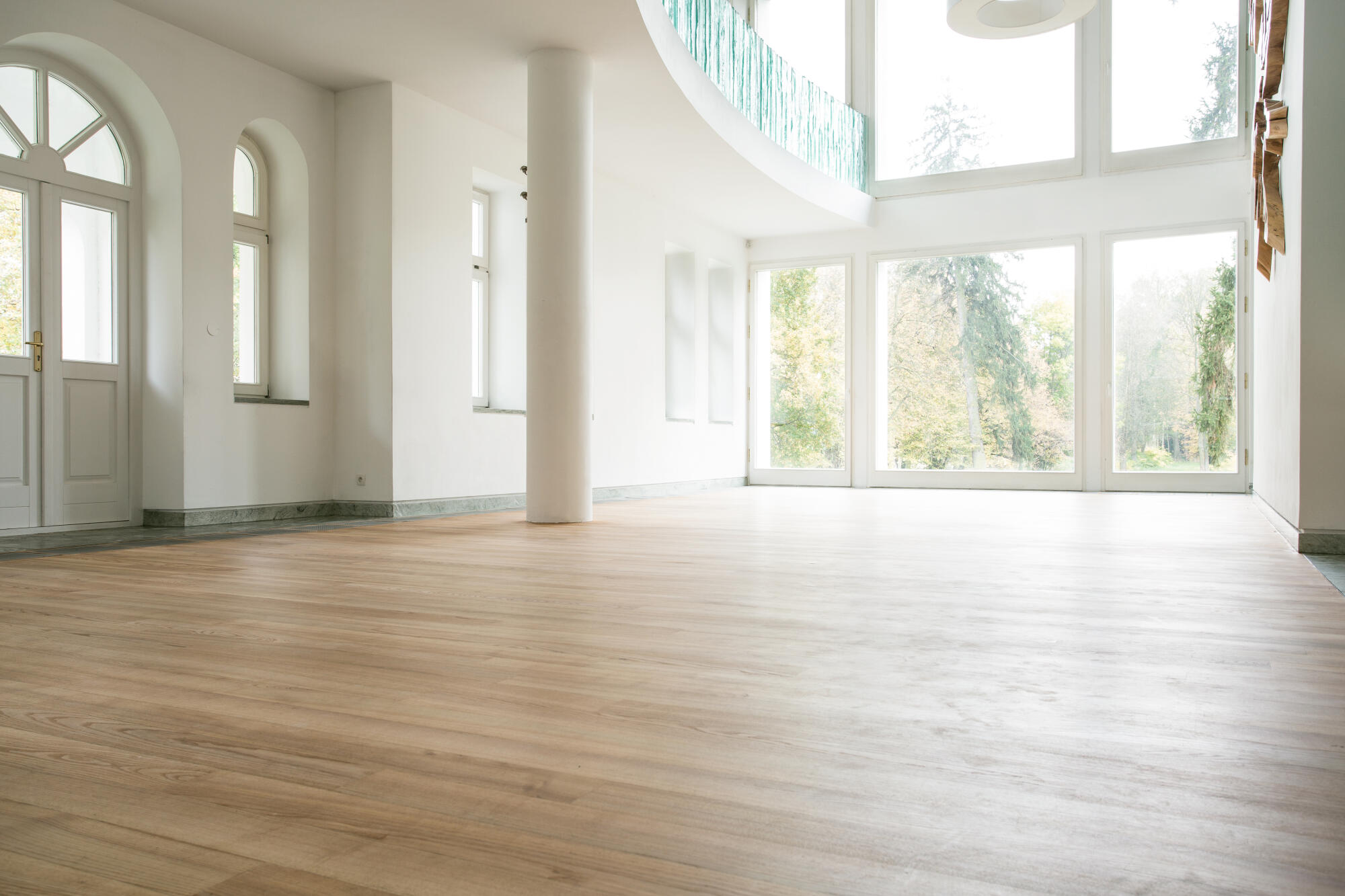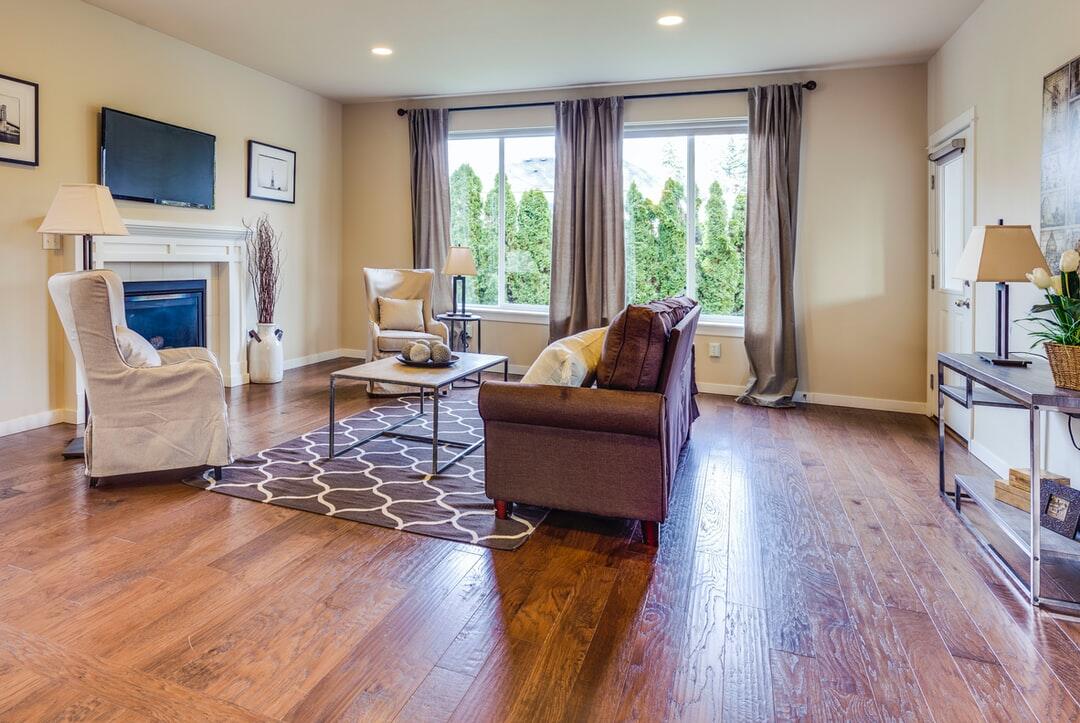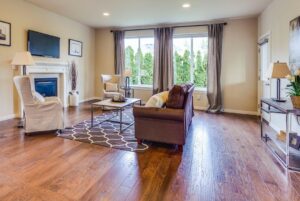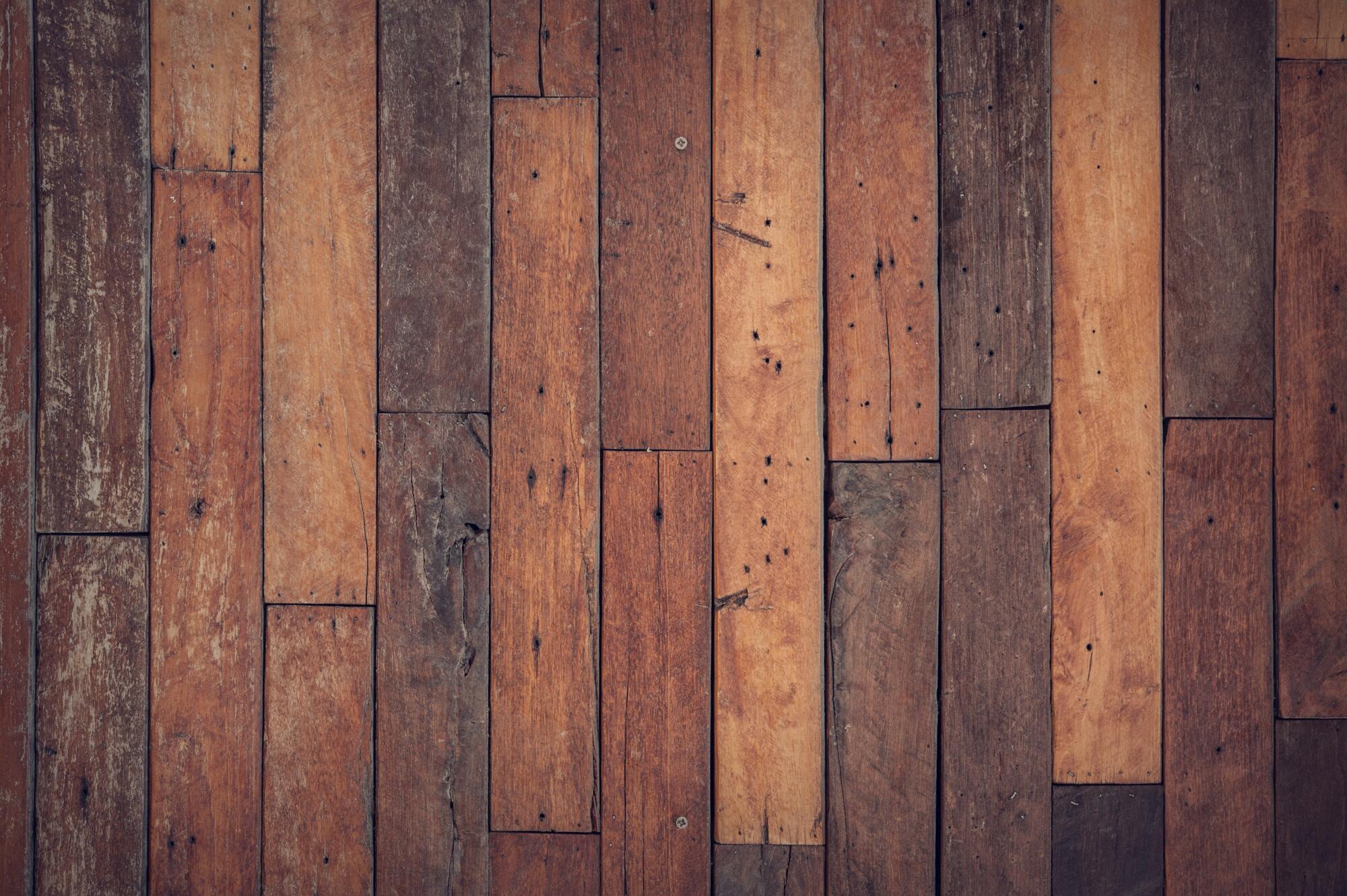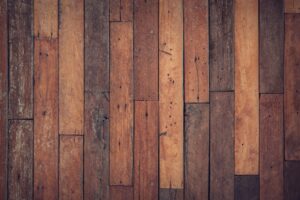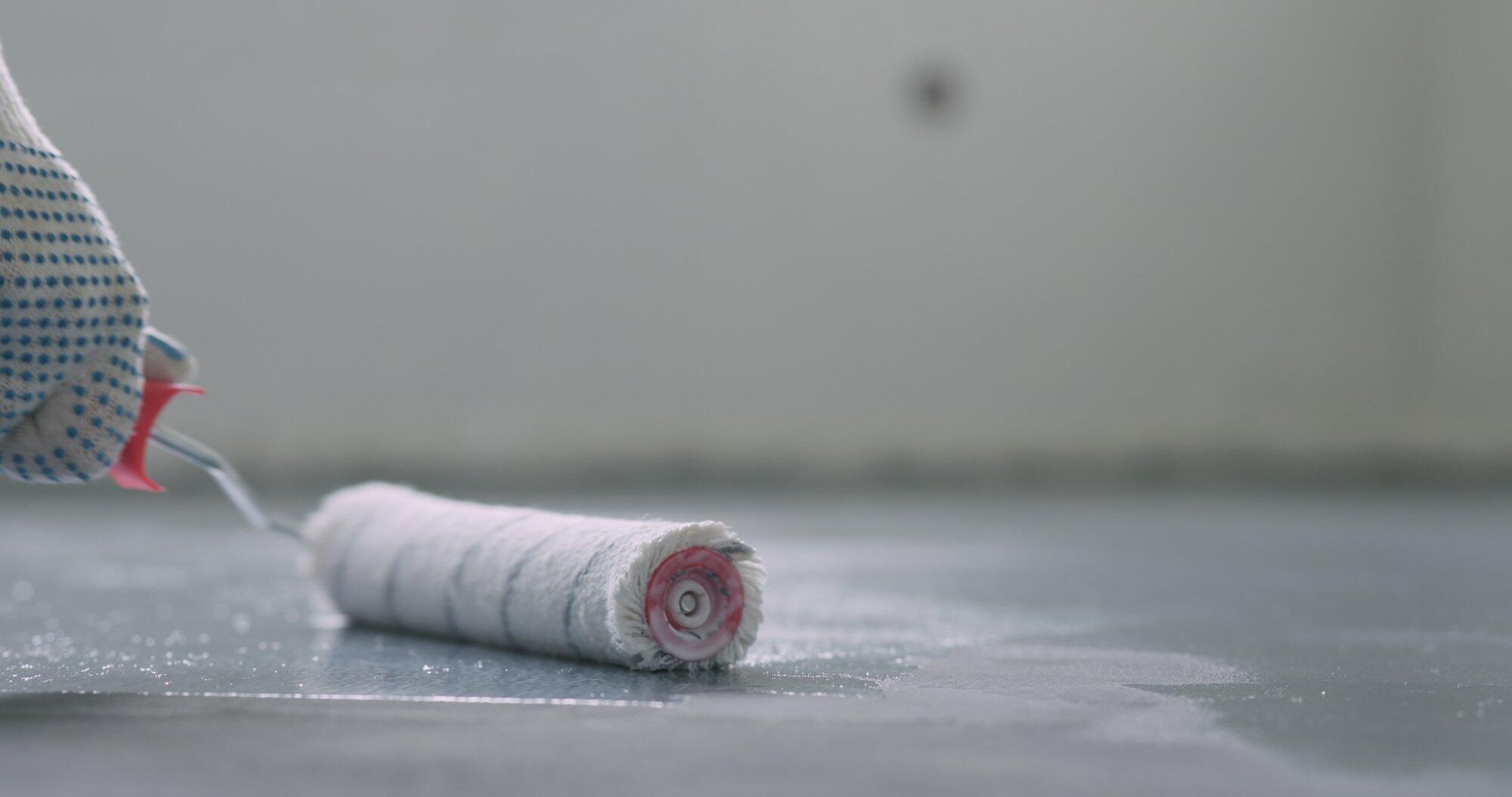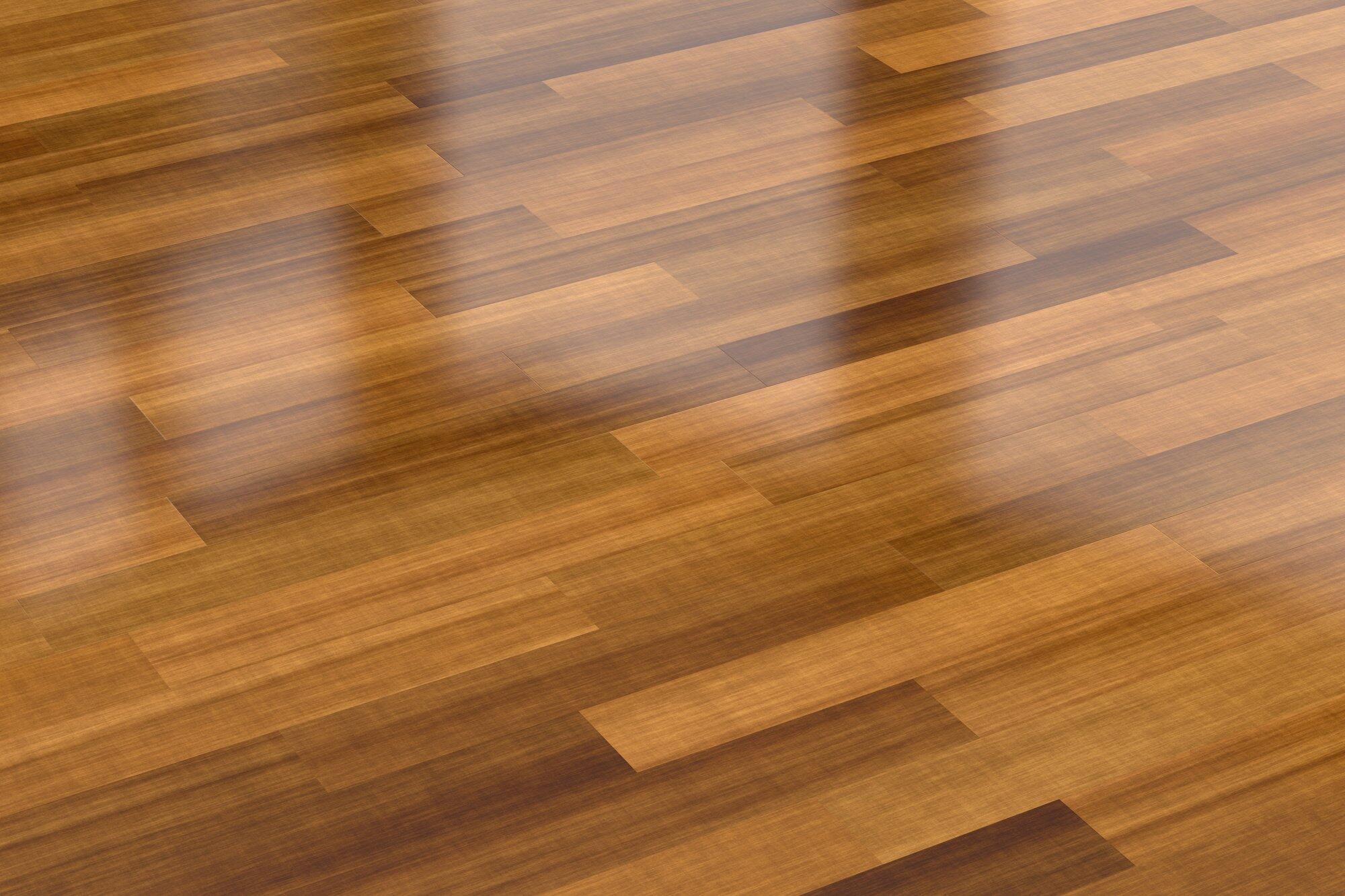If you’re looking for a long-standing, beautiful flooring option, you might want to check out engineered wood floors. Engineered hardwood offers many benefits, including a lifespan of 20 to 30 years. However, there may come a time when your floors start to lose their shine and you ask yourself, “Can engineered hardwood be refinished?”
This blog will answer your burning questions about engineered wood floor refinishing. We’ll also go over the maintenance of hardwood floors so you can improve the longevity of your home’s flooring.

Can Engineered Hardwood Be Refinished?
The short answer is yes, engineered hardwood floors can be refinished. There are a few things that determine if you can refinish your floors, including:
- The thickness of the veneer or wear layer
- Its overall condition
An ultra-thin veneer that’s under 2mm doesn’t give you a lot of room to sand down your floors. The thinness makes it nearly impossible for you to refinish it.
High-quality veneer planks typically have a veneer greater than 3 mm. You’ll be able to refinish your engineered hardwood floors if the veneer is thicker than that size.
How Many Times Can You Refinish Engineered Hardwood Floors?
Keep in mind that engineered hardwood cannot be refinished as many times as solid hardwood. That’s because the wear layer is thinner than what you’d find with solid hardwood.
Most engineered hardwood floors can be refinished a specific number of times depending on the veneer thickness:
- 2.5mm: Two to three times
- 4mm: Four to five times
- 6mm: Six to eight times
- 8mm: 8 to 10 times
Several factors determine if you can refinish your floors, such as:
- Whether the flooring has deep stains or scratches
- If the flooring has moisture damage or severe cupping
- Uneven floors or flooring with low spots
You’ll need to investigate the condition of your flooring to determine if it can be refinished. Working with an experienced flooring company is the best route to take. They’ll let you know if it can be refinished and give you other refinishing tips.
The Steps Involved in Refinished Engineered Hardwood
The process of refinishing engineered hardwood flooring is similar to solid hardwood. Refinishing engineered hardwood flooring requires more precision because of the veneer thickness.
Sanding
The first step in the refinishing process is to sand down the current polyurethane finish. Any surface dents or scratches will need to be sanded away during this step. This step needs to be performed carefully so you don’t sand through the veneer.
Staining
Your engineered hardwood floors can get restained once the bare hardwood is exposed. You can refresh your existing floor color or switch it up to something new.
Finishing
The final step is applying a new polyurethane finish. This top coat re-seals and protects your new wood floors.
Get Help Refinishing Your Engineered Hardwood From Peak Floors
We hope our floor restoration guide has answered the question, “Can engineered hardwood be refinished?” Attempting to refinish hardwood floors yourself can result in costly mistakes. It’s best to work with an experienced flooring company.
Don’t waste money replacing your floors. Peak Floors offers competitive pricing and exceptional service for floor refinishing. Contact our office to schedule a consultation.
